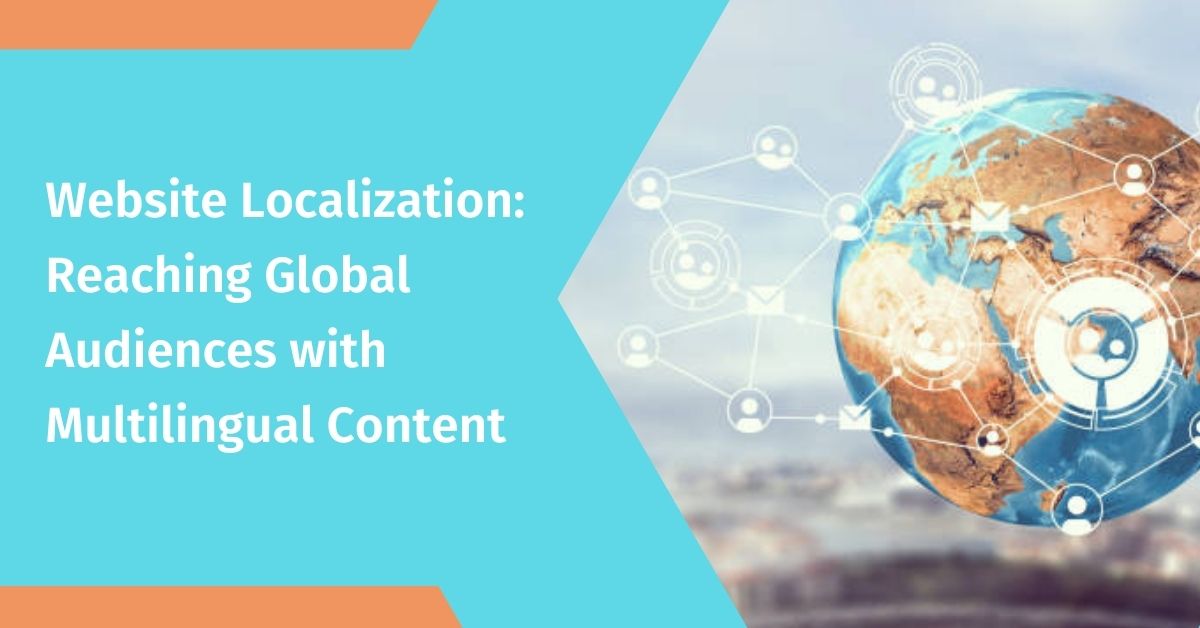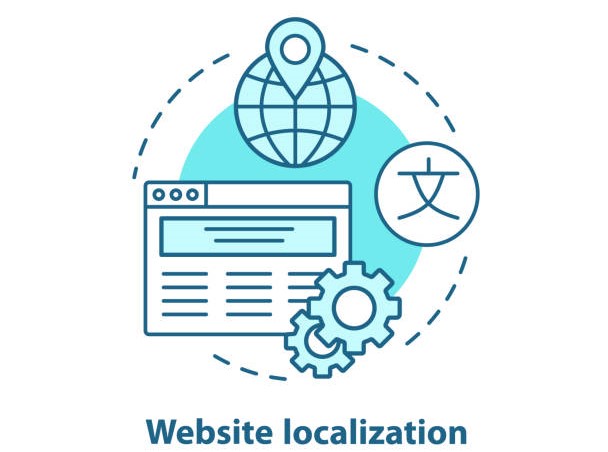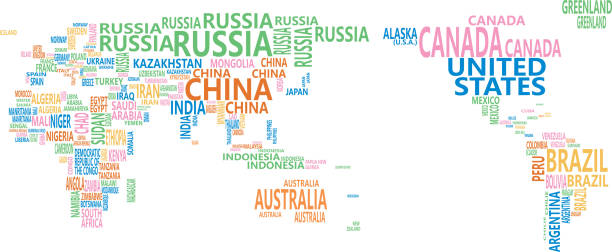In an increasingly interconnected world, reaching global audiences is vital for businesses. Website localization plays a crucial role in breaking language barriers and effectively engaging users worldwide. This article explores the significance of website localization and emphasizes the importance of incorporating multilingual content. By adapting your website to different languages and cultures, you can expand your international presence and connect with a broader audience.
Understanding Website Localization:
What is Website Localization?
Website localization refers to the process of adapting a website’s content, design, and functionality to meet the linguistic, cultural, and regional preferences of specific target markets. It involves translating the content into multiple languages and ensuring that the website resonates with the target audience on a local level.
Benefits of Website Localization for Global Audiences:
- Enhanced User Experience: By providing content in users’ native languages, website localization improves user experience, making it easier for them to navigate, understand, and engage with the website.
- Increased Engagement and Conversion Rates: Multilingual content fosters a sense of familiarity and trust, leading to higher engagement levels and increased conversion rates among international users.
- Expanded Market Reach: Localization allows businesses to tap into new markets and target audiences that may have language barriers, giving them a competitive edge and opportunities for growth.
Implementing Multilingual Content:
Translating Website Content:
Translating website content involves converting the text into the desired languages while maintaining accuracy, cultural sensitivity, and contextual relevance. Professional translators or localization agencies can ensure high-quality translations that capture the essence of the original content.
Adapting Cultural Context:
Localization goes beyond translation by considering cultural nuances, idioms, symbols, and preferences. Adapting images, colors, symbols, and design elements to align with the target culture creates a more immersive and relatable user experience.
Optimizing User Experience (UX) for Different Languages:
Tailoring the user experience for different languages involves addressing language-specific considerations such as text direction, character sets, date formats, and input methods. Optimizing navigation, layout, and functionality ensures a seamless experience for users across different languages.
Read More About Data-Driven Website Improvement: Leveraging Analytics for Enhanced Performance
Frequently Asked Questions
Why is website localization important for businesses targeting international markets?
Website localization is important for businesses targeting international markets as it helps break language barriers, engage users in their native languages, and build trust and credibility. It allows businesses to connect with diverse audiences, increase conversions, and expand their global footprint.
How can I determine which languages to prioritize for website localization?
Determining which languages to prioritize for website localization depends on several factors such as target markets, customer demographics, market research, and business objectives. Analyzing website traffic, customer inquiries, and market potential can provide insights into the languages that are most relevant and beneficial for localization efforts.
What are the challenges of website localization and how can they be overcome?
Challenges of website localization include language complexities, cultural nuances, technical implementation, and maintaining consistency across translated versions. Overcoming these challenges involves working with professional localization experts, conducting thorough quality assurance, leveraging translation management systems, and maintaining effective communication with linguists and localization teams.
How can I ensure high-quality translations during website localization?
To ensure high-quality translations, work with professional translators or localization agencies experienced in website localization. Provide clear instructions and context, conduct regular quality checks, and collaborate closely with translators to maintain accuracy, cultural sensitivity, and linguistic fluency in the translated content.
Can machine translation tools be used for website localization?
Machine translation tools can be used as a starting point for website localization, but they may not provide the same level of accuracy and cultural adaptation as human translators. It’s recommended to combine machine translation with human review and editing to ensure the quality and appropriateness of the translated content.
How often should I update the multilingual content on my localized website?
Regularly updating multilingual content on your localized website is essential to keep it relevant and engaging for users. Updates can include new product information, blog posts, news, and promotions. The frequency of updates depends on your industry, content strategy, and target audience, but aim for regular and consistent updates to maintain user engagement.
What are the SEO considerations for website localization?
When localizing a website, consider SEO aspects such as keyword research and optimization in different languages, ensuring proper hreflang tags for language and regional targeting, and adapting meta tags, URLs, and headings for each language. It’s important to optimize localized content to improve search engine visibility and drive organic traffic.
Conclusion:
Website localization is key to reaching global audiences and expanding your international presence. By incorporating multilingual content, businesses can break language barriers, engage users in their native languages, and create personalized experiences. Through effective website localization, businesses can build trust, increase conversions, and connect with diverse audiences worldwide, ultimately driving growth and success in international markets.



